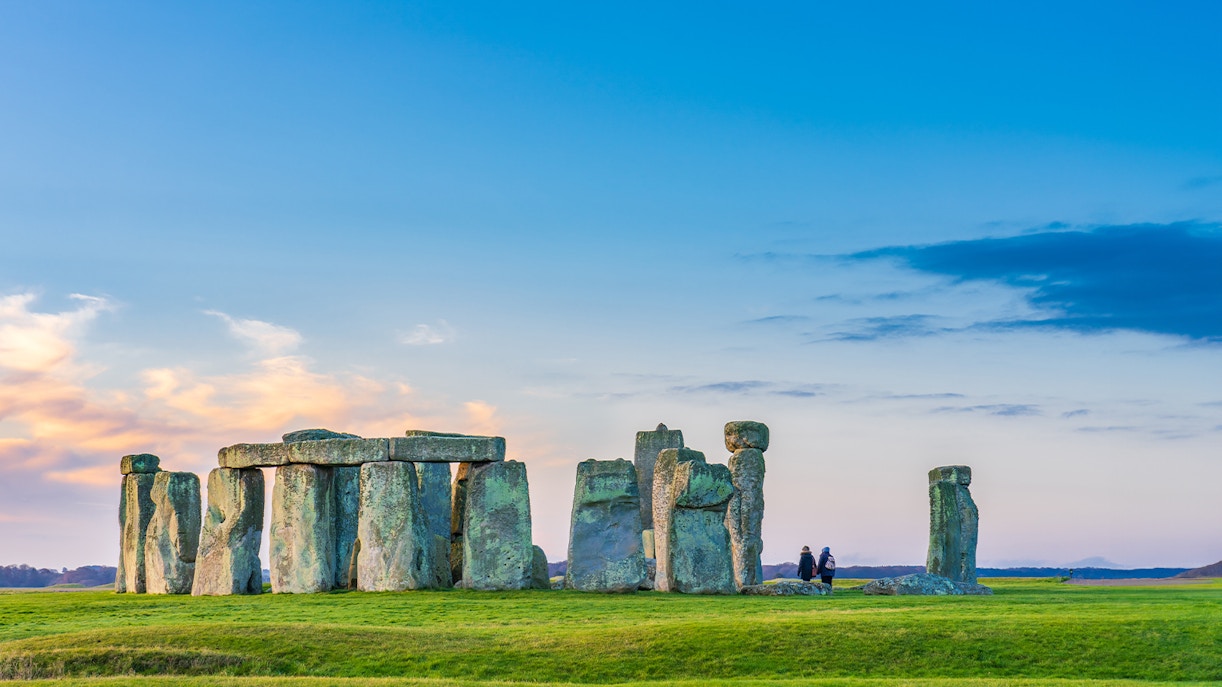The earth rotates on a tilted axis. When this axis leans towards the sun, it’s summer in the northern hemisphere and winter in the south. This is reversed as the earth continues its orbit until the axis becomes tilted away from the sun.
The earth’s axis is tilted at its furthest point from the sun during the solstices. This means that the sun is at its lowest point in the sky in the northern hemisphere. It’s also the shortest day of the year - and the longest night.
‘Solstice’ roughly translates to ‘sun stands still’- as it was believed the sun was suspended in the sky on these occasions. Today, we know that the earth's tilt causes this effect. The perceived suspension of the sun shed light and energy into the ancient rituals and that energy has been retained to this day.




















